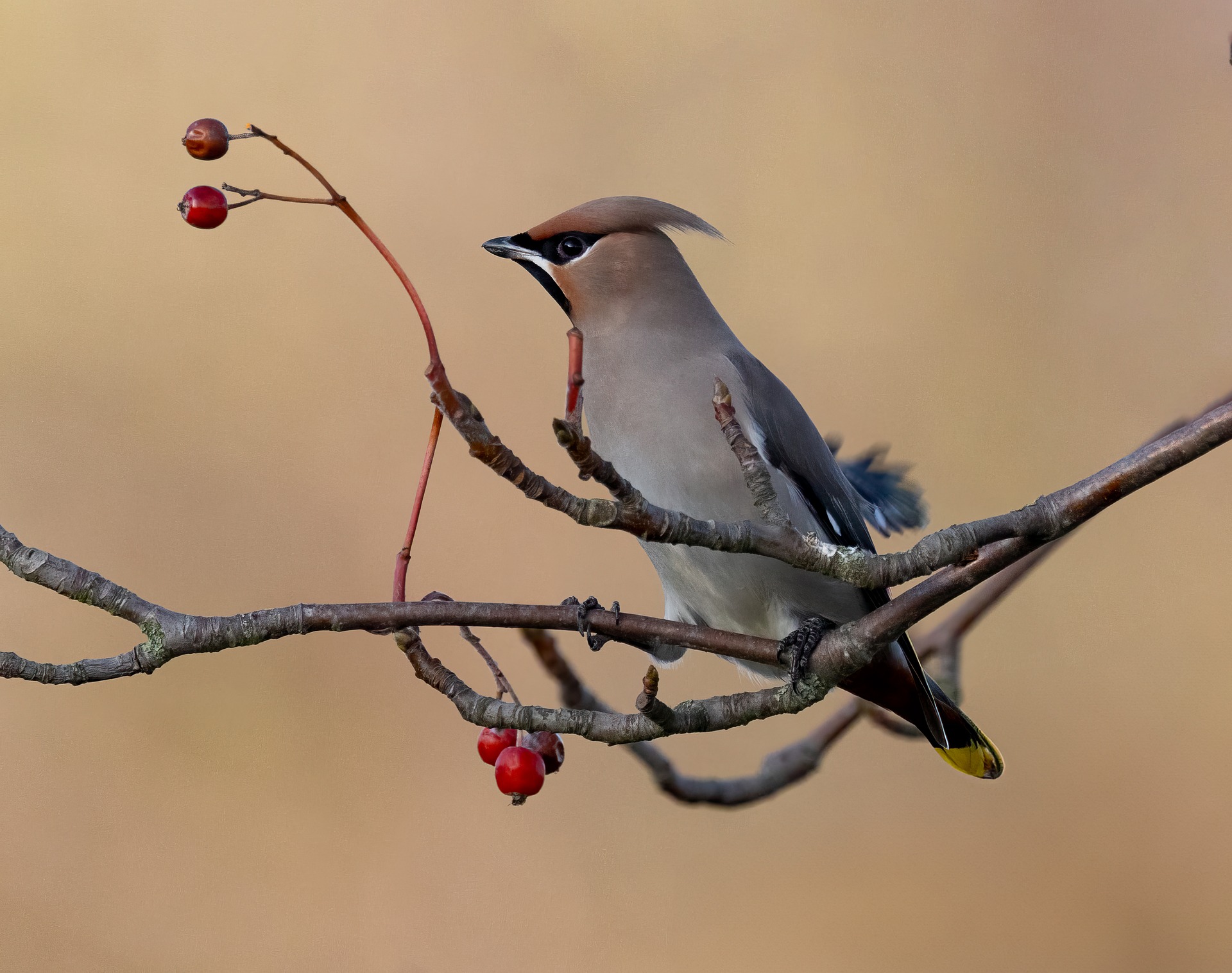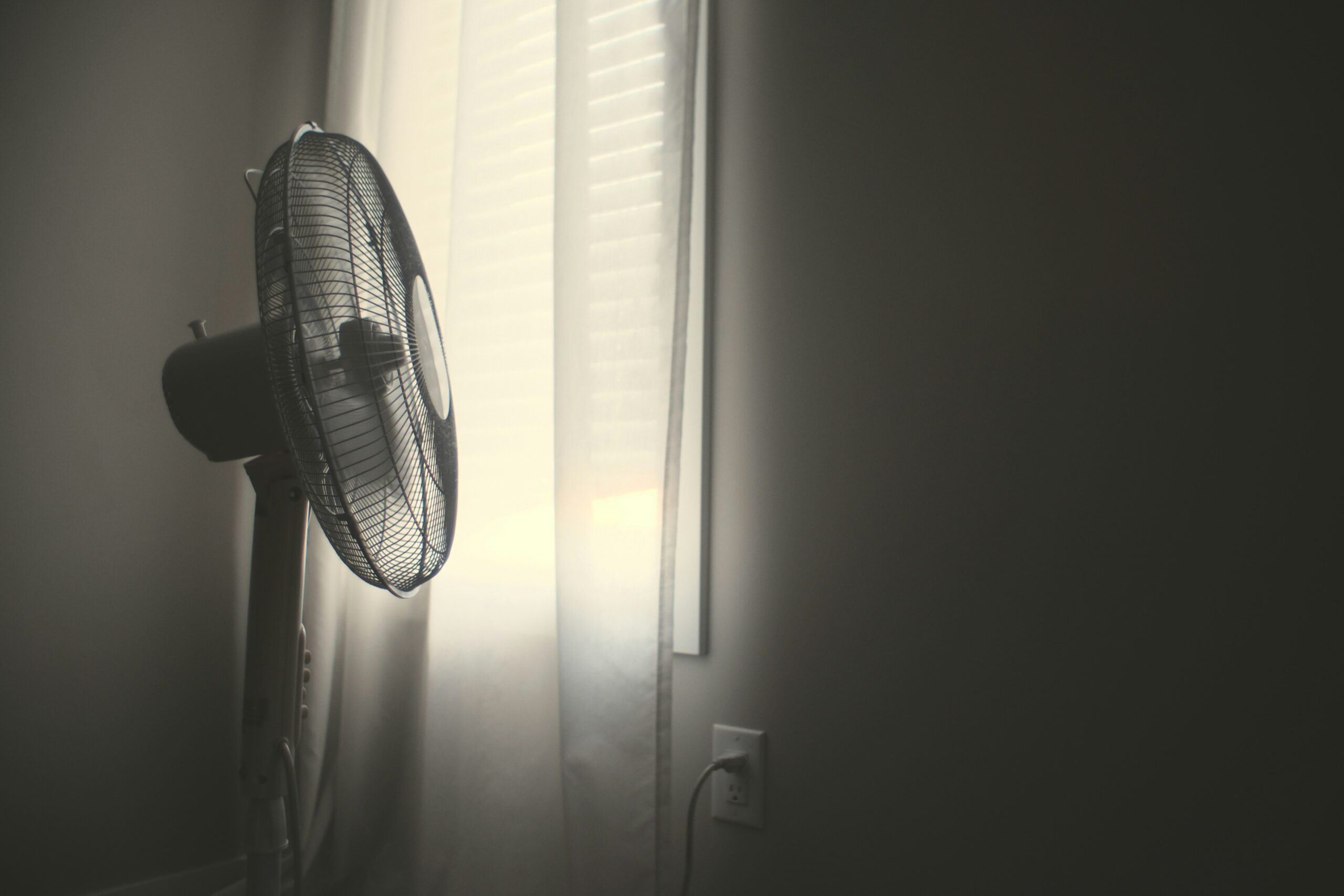Bird watching, also known as birding, is a popular hobby enjoyed by millions of people worldwide. It combines the pleasure of observing birds in their natural habitats with the excitement of spotting new species. Bird watching can be a peaceful, meditative experience or an adventurous pursuit, depending on where and how you choose to engage in it. This comprehensive guide will provide you with all the information you need to start bird watching, from understanding the basics and choosing the right gear to identifying birds and participating in bird conservation.
Why Bird Watch?
Connecting with Nature
Bird watching allows you to spend time outdoors and connect with nature. It helps you appreciate the beauty and diversity of the natural world and fosters a sense of stewardship for the environment.
Educational and Informative
Bird watching is a great way to learn about birds, their behaviors, and their habitats. It encourages curiosity and continuous learning.
Health Benefits
Spending time in nature has numerous health benefits, including reducing stress, improving mood, and increasing physical activity. Bird watching can be a gentle form of exercise as you walk through different habitats.
Social Opportunities
Bird watching can be a social activity, providing opportunities to meet and interact with other birders. Many communities have bird watching clubs and organizations that host events and outings.
Understanding Birds and Their Habitats
Bird Anatomy and Behavior
Understanding basic bird anatomy and behavior is essential for identifying birds. Key features to observe include size, shape, plumage, beak, legs, and flight patterns. Familiarize yourself with common bird behaviors such as feeding, nesting, and migration.
Bird Habitats
Birds can be found in a variety of habitats, including forests, wetlands, grasslands, deserts, and urban areas. Each habitat supports different species of birds. Learning about these habitats and the birds that inhabit them will enhance your bird watching experience.
Seasonal Changes and Migration
Bird activity varies with the seasons. Many species migrate to different regions during the year, following food sources and breeding opportunities. Understanding migration patterns can help you predict which birds you are likely to see at different times of the year.
Getting Started with Bird Watching
Choosing the Right Gear
Having the right gear can enhance your bird watching experience. Here are some essentials:
Binoculars
Binoculars are a must-have for bird watching. They allow you to observe birds up close without disturbing them. Choose binoculars with a magnification of 8x or 10x and a wide field of view for the best results.
Field Guide
A field guide is a book or app that helps you identify birds. It includes illustrations or photos, descriptions, and information about bird behavior and habitats. Choose a guide that covers the birds in your region.
Notebook and Pen
Keeping a birding journal is a great way to record your observations and track the birds you’ve seen. Note the date, time, location, weather conditions, and any interesting behaviors.
Camera
A camera can be useful for documenting your sightings and capturing the beauty of birds. A digital camera with a good zoom lens or a smartphone with a birding app can suffice.
Clothing
Wear comfortable, weather-appropriate clothing. Neutral colors like green, brown, and gray are best for blending into the environment and avoiding startling the birds.
Bird Watching Techniques
Patience and Stealth
Bird watching requires patience and a quiet demeanor. Move slowly and avoid sudden movements to prevent scaring the birds away. Listen for bird calls and songs to locate them.
Observation Skills
Use your binoculars to scan the area systematically. Start with distant trees or shrubs and work your way closer. Pay attention to movement and sounds. Look for birds on the ground, in trees, or flying overhead.
Understanding Bird Calls and Songs
Birds communicate through calls and songs. Learning to recognize these sounds can help you locate and identify birds. Many field guides and apps include audio recordings of bird calls and songs.
Field Identification Tips
Size and Shape
Compare the bird’s size to familiar species or objects. Note the shape of the bird’s body, beak, and tail. This can help narrow down the possibilities.
Plumage and Markings
Observe the colors and patterns on the bird’s feathers. Note any distinctive markings, such as eye rings, wing bars, or patches of color. Plumage can vary between males and females and change with the seasons.
Behavior and Habits
Watch the bird’s behavior, such as how it feeds, flies, or interacts with other birds. Certain behaviors can be characteristic of specific species.
Habitat and Range
Consider the habitat and location where you saw the bird. Some species are habitat-specific or have limited ranges. This information can help you identify the bird more accurately.
Bird Watching Locations
Local Parks and Nature Reserves
Parks and nature reserves are excellent places to start bird watching. They often have diverse habitats and are accessible to the public.
Wetlands and Marshes
Wetlands and marshes are rich in bird life, especially waterfowl and wading birds. Look for boardwalks or trails that provide good viewing opportunities.
Forests and Woodlands
Forests and woodlands are home to many bird species. Listen for bird calls and look for movement in the trees and underbrush.
Grasslands and Meadows
Grasslands and meadows support ground-nesting birds and species that feed on insects. Look for birds perched on tall grasses or flying low over the fields.
Urban Areas
Urban areas, including gardens and parks, can attract a variety of birds. Bird feeders and bird baths can increase your chances of spotting different species.
Bird Watching Throughout the Year
Spring
Spring is an exciting time for bird watching as many species migrate back to their breeding grounds. Look for birds building nests and displaying courtship behaviors.
Summer
Summer is the breeding season for many birds. Watch for adults feeding their young and fledglings learning to fly. Early morning and late afternoon are the best times to observe birds during hot weather.
Autumn
Autumn brings migration as birds head to their wintering grounds. Look for flocks of birds flying south and watch for birds stopping to rest and refuel.
Winter
Winter bird watching can be rewarding as you may see species that are not present in other seasons. Look for birds at feeders and in areas with available food and shelter.
Bird Conservation and Ethics
Respecting Wildlife
Always observe birds from a distance and avoid disturbing them, especially during nesting season. Do not approach nests or young birds.
Supporting Conservation Efforts
Support bird conservation by participating in citizen science projects, joining bird conservation organizations, and advocating for the protection of bird habitats.
Using Ethical Birding Practices
Follow ethical birding practices by respecting private property, minimizing habitat disturbance, and reporting rare bird sightings responsibly.
Involving Children in Bird Watching
Fun Activities
Engage children with fun activities like making bird feeders, drawing birds, or creating a bird journal. Encourage them to observe and describe what they see.
Educational Resources
Use educational resources such as books, apps, and websites designed for children to help them learn about birds and their habitats.
Family Bird Watching Outings
Plan family outings to local parks, nature reserves, or bird watching events. Make the experience enjoyable and educational for children.
Advanced Bird Watching
Bird Photography
Bird photography is a rewarding aspect of bird watching. Invest in a good camera with a zoom lens and practice techniques like capturing birds in flight and focusing on details.
Bird Banding and Research
Get involved in bird banding and research projects to contribute to scientific knowledge about bird populations and behavior.
Traveling for Bird Watching
Plan trips to bird watching hotspots around the world to see diverse species and habitats. Research the best times and locations for bird watching in your destination.
Participating in Bird Counts and Surveys
Join bird counts and surveys to help monitor bird populations. Participate in events like the Christmas Bird Count or the Breeding Bird Survey.
FAQs About Bird Watching
What is bird watching?
Bird watching, or birding, is the practice of observing birds in their natural habitat for recreation, study, and conservation.
Why is bird watching a popular hobby?
Bird watching connects people with nature, offers educational opportunities, has health benefits, and can be a social activity.
What equipment do I need to start bird watching?
Basic equipment includes binoculars, a field guide, a notebook, a pen, and appropriate clothing for outdoor activities.
How do I choose the right binoculars?
Look for binoculars with 8x or 10x magnification and a wide field of view. Try different models to find one that is comfortable for you.
What should I look for in a field guide?
Choose a field guide that covers birds in your region, includes detailed illustrations or photos, and provides information on bird behavior and habitats.
Where are the best places to go bird watching?
Good locations include local parks, nature reserves, wetlands, forests, grasslands, and even urban areas with gardens and parks.
When is the best time to go bird watching?
Early morning and late afternoon are typically the best times, as birds are most active during these periods.
How can I identify birds?
Observe key features like size, shape, plumage, beak, legs, and behavior. Use your field guide to compare these features with known species.
What are some common birds I might see?
Common birds vary by region but may include species like sparrows, robins, finches, hawks, and ducks.
How do I attract birds to my yard?
Provide food, water, and shelter. Use bird feeders, bird baths, and native plants to create a bird-friendly environment.
What foods should I put in bird feeders?
Common bird foods include seeds, suet, nectar, and fruit. Use a variety of feeders to attract different species.
How do I keep my bird feeders clean?
Clean feeders regularly with warm, soapy water and rinse thoroughly to prevent the spread of disease.
Can I feed birds year-round?
Yes, but adjust the type of food you provide based on the season and the needs of the birds in your area.
What is the difference between a bird call and a bird song?
Bird calls are short, simple sounds used for communication, while bird songs are more complex and are often used for attracting mates and defending territory.
How can I learn to recognize bird calls and songs?
Use field guides or apps that include audio recordings. Practice listening to birds in your area and matching their sounds to the recordings.
Why do birds migrate?
Birds migrate to find food, suitable breeding sites, and favorable weather conditions.
When do birds migrate?
Migration periods vary by species but typically occur in spring and autumn.
How can I track bird migration?
Use bird migration maps and apps, join bird watching groups, and participate in migration counts and surveys.
What are some tips for bird photography?
Use a camera with a good zoom lens, practice patience and stealth, focus on the bird’s eye, and take advantage of natural light.
What should I wear for bird watching?
Wear comfortable, weather-appropriate clothing in neutral colors to blend in with the environment. Consider sturdy footwear for outdoor activities.
How do I keep a birding journal?
Record the date, time, location, weather conditions, and bird species observed. Note any interesting behaviors and include sketches or photos if possible.
What are some common bird behaviors to watch for?
Look for behaviors like feeding, preening, nesting, singing, and displaying courtship rituals.
How do I join a bird watching club?
Search online for local bird watching clubs or organizations, attend meetings or events, and participate in group outings and activities.
What is a birding hotspot?
A birding hotspot is a location known for its high bird diversity and abundance, making it a popular destination for bird watchers.
How can I find birding hotspots near me?
Use online resources like eBird, birding apps, or local bird watching guides to find popular birding locations in your area.
What are some bird conservation efforts I can support?
Participate in citizen science projects, join conservation organizations, support habitat protection initiatives, and advocate for bird-friendly policies.
How do I participate in bird counts and surveys?
Join organized events like the Christmas Bird Count or the Breeding Bird Survey, and follow the guidelines provided by the organizing groups.
What are the ethical guidelines for bird watching?
Respect wildlife by observing birds from a distance, avoid disturbing their habitats, minimize your impact on the environment, and report rare sightings responsibly.
How do I avoid disturbing birds while watching them?
Move slowly and quietly, keep a safe distance, avoid approaching nests, and use binoculars to observe birds up close without causing stress.
What are some signs of bird stress to look for?
Signs of stress include frequent alarm calls, agitated movements, fluffed feathers, and birds flying away repeatedly.
Can I bird watch in the winter?
Yes, winter bird watching can be rewarding as you may see species that are not present in other seasons. Look for birds at feeders and in areas with available food and shelter.
What are some challenges of bird watching in winter?
Cold weather, shorter daylight hours, and fewer bird species can make winter bird watching more challenging. Dress warmly and be patient.
How can I help birds during the winter?
Provide food, water, and shelter. Use bird feeders and heated bird baths, and create brush piles for cover.
What is bird banding?
Bird banding involves attaching a small, individually numbered band to a bird’s leg to study its movements, behavior, and population dynamics.
How can I get involved in bird banding?
Contact local bird banding stations or conservation organizations to learn about volunteer opportunities and training programs.
What is a bird watching festival?
A bird watching festival is an event that celebrates birds and birding, often featuring guided walks, educational programs, and activities for bird watchers of all ages.
How can I find bird watching festivals near me?
Search online for bird watching festivals in your region or check with local birding clubs and organizations.
What is a life list in bird watching?
A life list is a record of all the bird species a person has seen in their lifetime. Bird watchers often keep detailed lists as part of their birding hobby.
How do I start a life list?
Begin by recording the birds you see, including the date, location, and any notable details. Use a notebook, spreadsheet, or birding app to keep track.
What are some tips for traveling as a bird watcher?
Research birding locations, pack appropriate gear, consider hiring local guides, and respect local wildlife and conservation rules.
How can I make bird watching a family activity?
Plan family outings to birding locations, engage children with bird-related activities, and use educational resources designed for kids.
What are some fun bird watching activities for children?
Making bird feeders, drawing birds, creating a bird journal, and participating in bird counts can be enjoyable and educational for children.
How do I get started with backyard bird watching?
Set up bird feeders, bird baths, and nest boxes, and plant native vegetation to attract a variety of bird species to your yard.
What are some common backyard birds?
Common backyard birds include robins, sparrows, finches, cardinals, blue jays, and chickadees.
How can I keep squirrels away from my bird feeders?
Use squirrel-proof feeders, place feeders on poles with baffles, and provide separate food for squirrels to deter them from bird feeders.
What is the difference between a bird feeder and a bird table?
A bird feeder is a container that dispenses bird food, while a bird table is a flat surface where bird food is placed for birds to eat.
How do I create a bird-friendly garden?
Plant native plants, provide water sources, create sheltered areas, and avoid using pesticides to create a habitat that supports birds.
What are some signs that a bird is nesting nearby?
Signs include birds carrying nesting materials, frequent visits to a particular spot, and increased territorial behavior.
How can I safely observe nesting birds?
Observe from a distance, avoid disturbing the nest area, and use binoculars for a closer view without causing stress to the birds.
What should I do if I find a baby bird on the ground?
If the bird is featherless or has sparse feathers, it may need to be returned to its nest. If it is fully feathered, it is likely a fledgling learning to fly and should be left alone unless in immediate danger.
What are some good bird watching apps?
Popular bird watching apps include eBird, Merlin Bird ID, Audubon Bird Guide, and iBird Pro. These apps offer features like bird identification, checklists, and sightings records.
How do bird watchers contribute to science?
Bird watchers contribute to science through citizen science projects, bird counts, and surveys, providing valuable data on bird populations and behaviors.
What are the benefits of joining a bird conservation organization?
Joining a bird conservation organization offers opportunities to participate in conservation efforts, access to educational resources, and connections with a community of bird enthusiasts.
How can I learn more about bird watching?
Read books and articles, attend workshops and events, join bird watching clubs, and use online resources and apps to expand your knowledge.
Conclusion
Bird watching is a fulfilling and enriching hobby that offers numerous benefits. Whether you are a beginner or an experienced birder, there is always something new to learn and discover. By following the tips and techniques outlined in this guide, you can enhance your bird watching experience and contribute to bird conservation efforts.
Embrace the opportunity to connect with nature, learn about bird species and their behaviors, and enjoy the beauty and diversity of the avian world.



